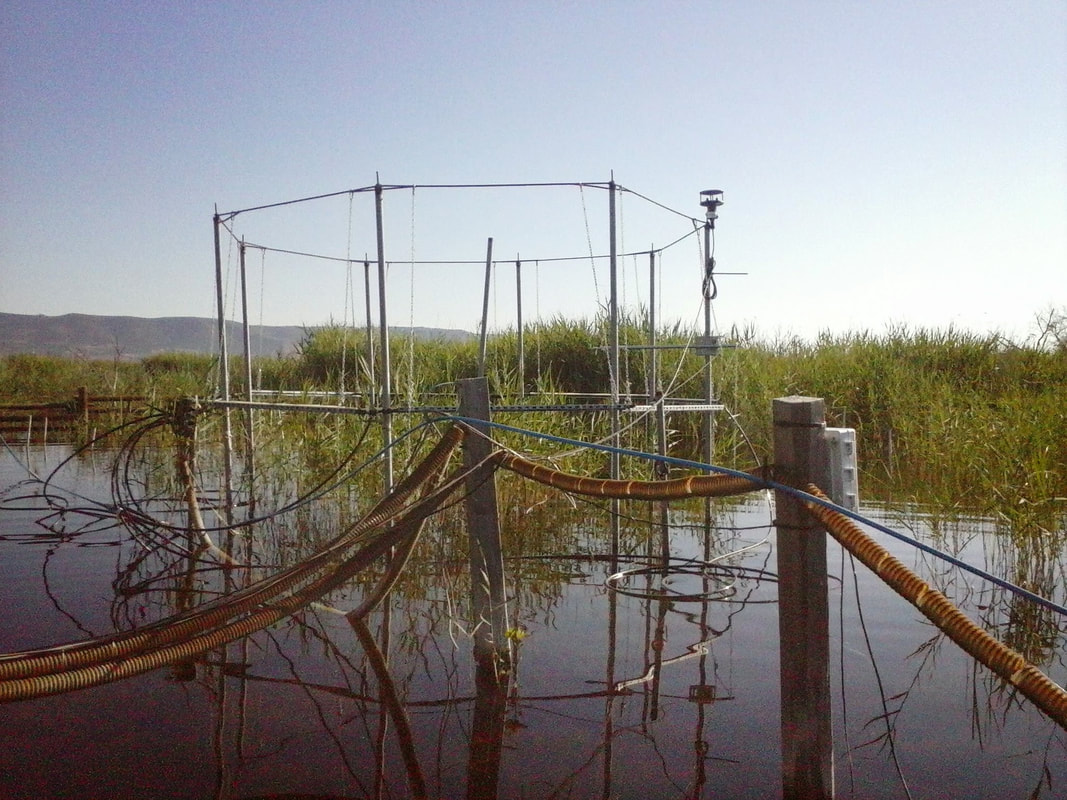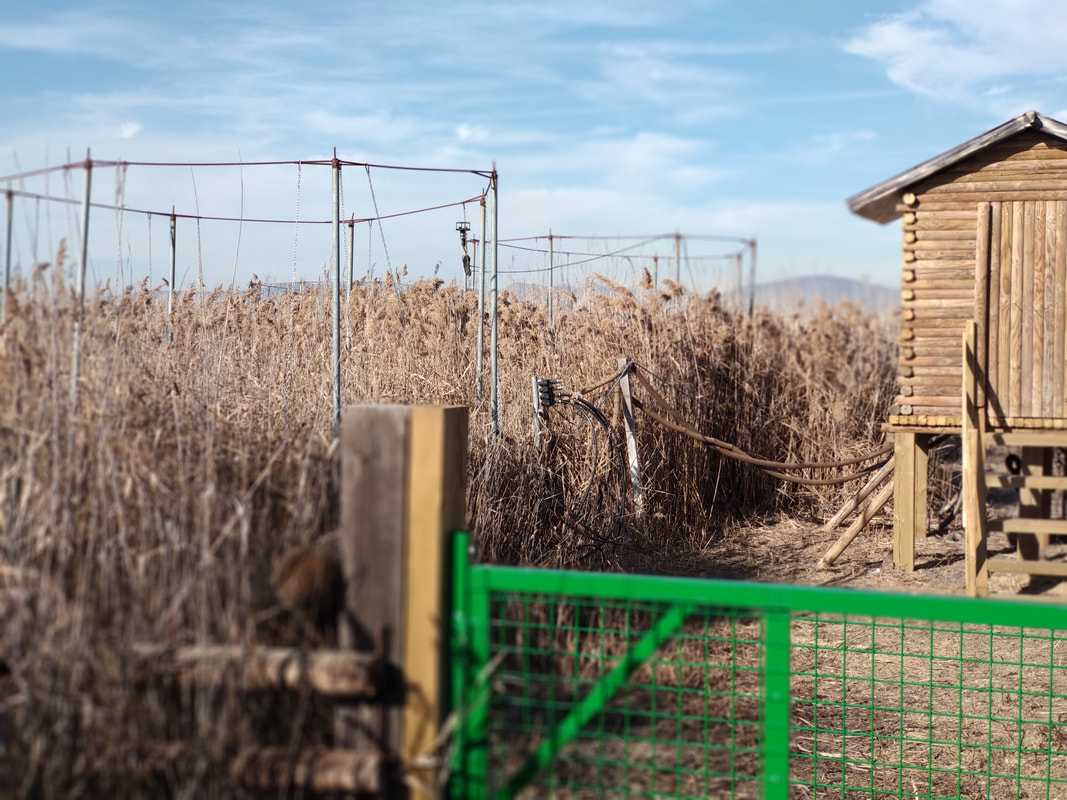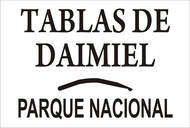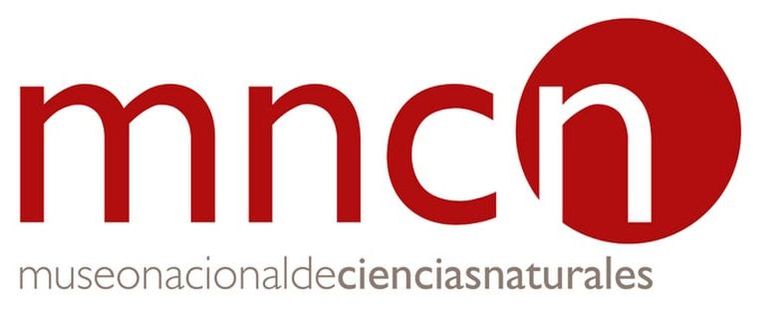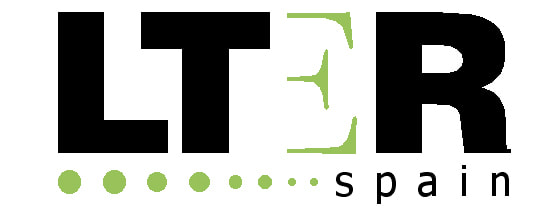The first "Free-Air CO2 Enrichment" (FACE) facility in a wetland
|
Global change is a serious environmental threat, and is now becoming a more than evident fact. The cumulative effects that it can generate are still, in most cases and particularly in inland wetlands, a matter of uncertainty. SAWFACE (Semi-Arid Wetland Free-Air CO2 Enrichment Facility) proposes to fill this gap in knowledge by studying the effects of the main drivers of global change (currently atmospheric CO2 but next also air temperature) on the key elements of wetlands, the macrophyte communities, as well as on the structure and function of these ecosystems.
|
SAWFACE.SAWFACE was early funded by the Autonomous Agency for National Parks (Organismo Autónomo Parques Nacionales, OAPN) through the DECAMERON Project (001/2008) and sponsored by Carburos Metálicos SA. The facility is located in the wetland Las Tablas de Daimiel, a Spanish National Park and a RAMSAR and Biosphere Reserve site, and consists of six plots or ring receiving atmospheric CO2 enrichment in concentrations similar to those that will exist in 2050 (around 550 ppm; while, currently, the average concentration of atmospheric CO2 is of 400 ppm) where reed plants (Phragmites australis) are growing...
|
Main goals of the SAWFACE Facility
|
The main aim of SAWFACE is to provide a research infrastructure where the wetland scientific community be able to experimentally quantify the effects of climate change on the ecology and biogeochemistry of wetlands. The ultimate goal of this research infrastructure is to provide adequate scientific knowledge to develop adaptive management measures for the long term conservation of wetlands.
|
Acknowledgements and sponsors of the SAWFACE facility
Below are the logos of the SAWFACE sponsors. SAWFACE could not exist without the support of Las Tablas de Daimiel National Park and their Staff. The experimental area is managed by the Biogeochemistry Research Group (Sánchez and Alvarez Biogeochemistry Lab) of the National Museum of Natural History of the (MNCN-CSIC). Carburos Metálicos sponsored this research and we are very grateful for their important support. Many thanks to the Autonomous Agency for National Parks (OAPN), the Spanish Research Council (CSIC) and the Spanish Long-term Ecological Research (LTER-Spain) for their special interest in this initiative.


